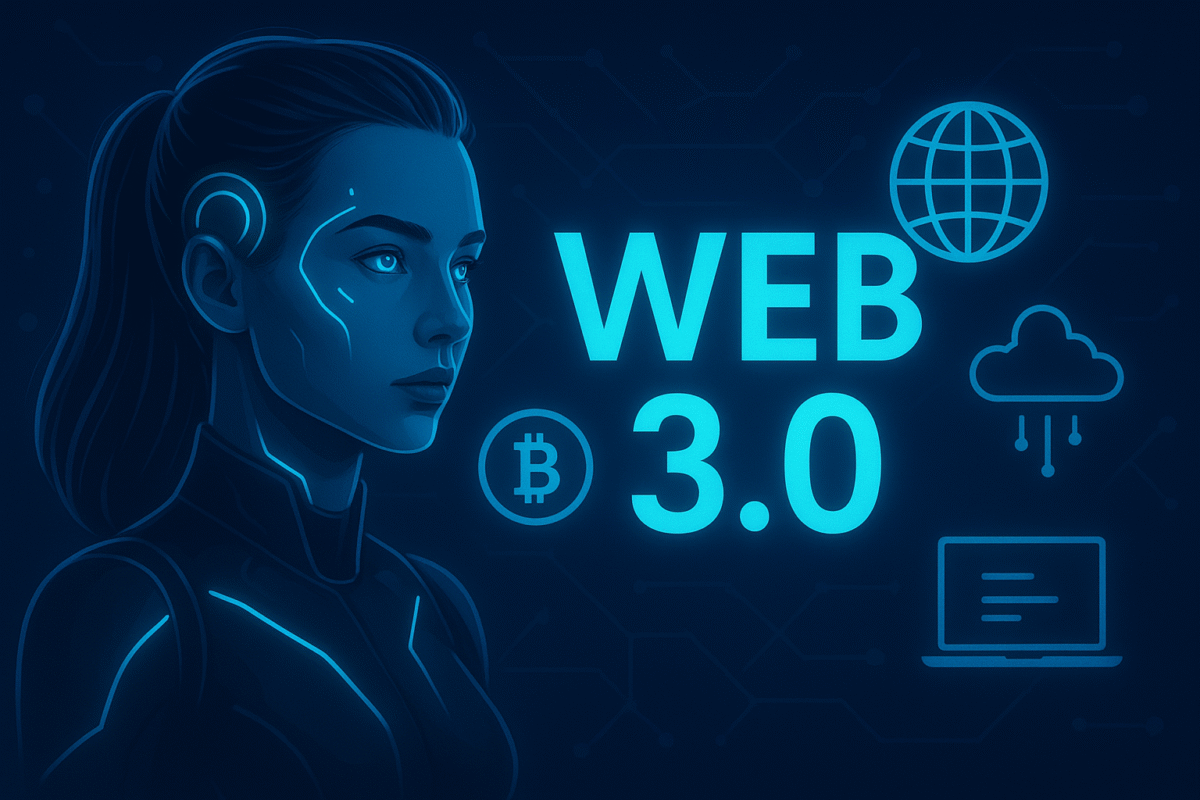The internet has evolved over the past few decades. We started with Web 1.0, where websites were static and users could only read information. Then came Web 2.0, where users could interact, create content, and connect on platforms like Facebook, YouTube, and Twitter.
Now, we’re entering a new phase: Web 3.0, also known as Web3.
What is Web 3.0?
Web 3.0 refers to the next generation of the internet that is decentralized, open-source, and often powered by blockchain technology. Unlike Web 2.0, where large companies control platforms and user data, Web3 aims to give control back to the users.
It’s not just about websites – it’s about how we own, share, and trust information online.
Key Features of Web 3.0
- Decentralization
No single company owns the platform. Data is stored on decentralized networks like blockchains.
- User Ownership
Users own their own data, digital identities, and even digital assets like NFTs or cryptocurrencies.
- Smart Contracts
These are self-executing contracts with the terms directly written into code. They power decentralized apps (dApps).
- Token-Based Economies
Many Web3 platforms use tokens to reward users and run their ecosystems (e.g., Ethereum, Solana).
- Interoperability
Web3 apps can interact with each other across different platforms, thanks to open protocols.
Examples of Web 3.0 in Action
Decentralized Finance (DeFi): Apps like Uniswap or Aave allow people to lend, borrow, and trade without banks.
NFT Marketplaces: Platforms like OpenSea let artists sell digital art with ownership tracked on blockchain.
Decentralized Social Media: Platforms like Lens Protocol or Farcaster aim to replace traditional social media.
Why Does Web 3.0 Matter?
Web 3.0 promises to create a more open, private, and user-controlled internet. It challenges the current model where tech giants control everything and profits are centralized.
However, it’s still a work in progress. Web3 faces challenges like scalability, user experience, and regulation. But the vision is powerful: an internet where you have more control.
Final Thoughts
Web 3.0 is not just a buzzword — it’s a shift in how the internet works. Whether you’re a developer, investor, or casual user, it’s important to understand how this new internet might impact your digital life.
Are you ready for Web 3.0?


